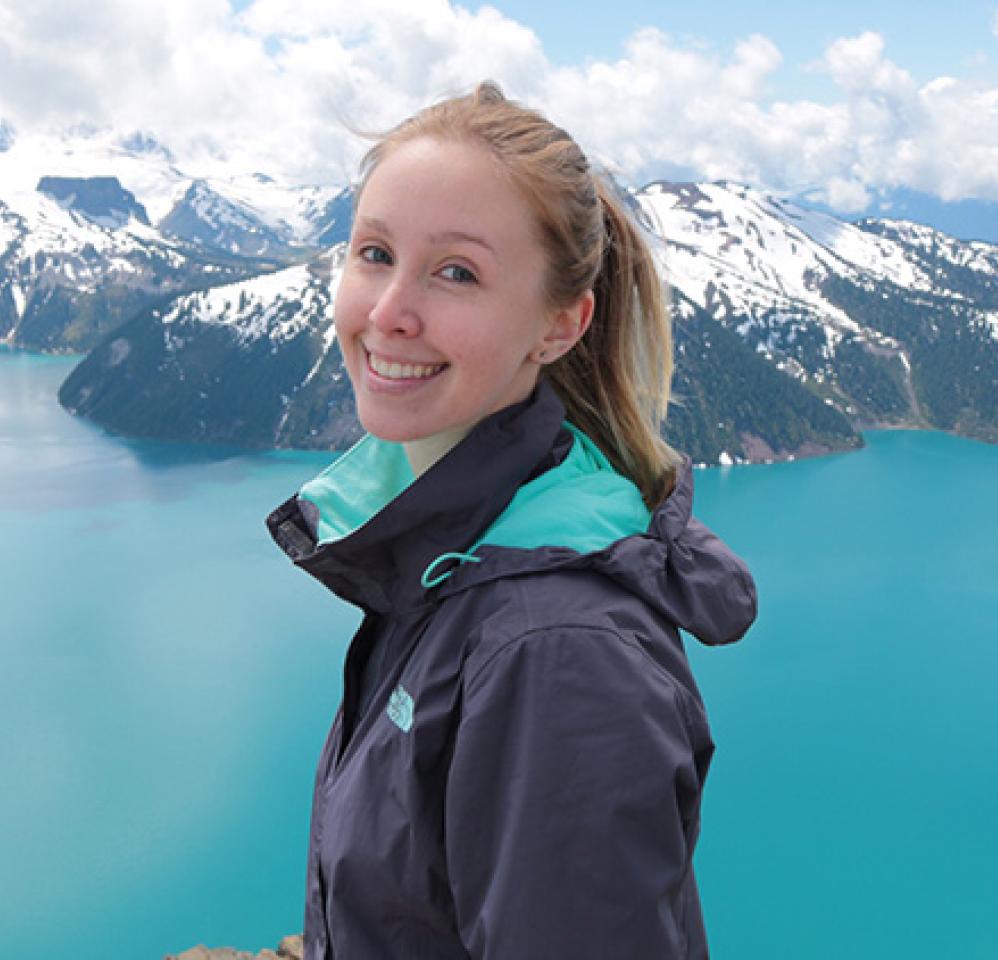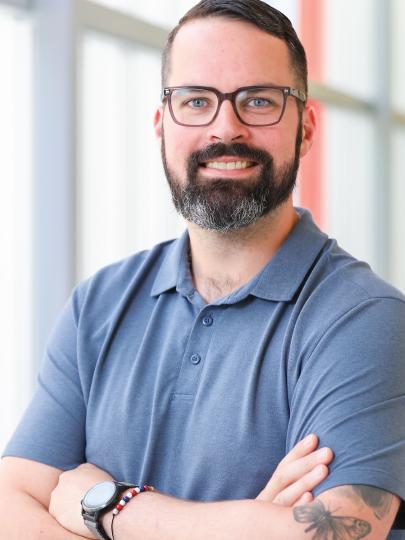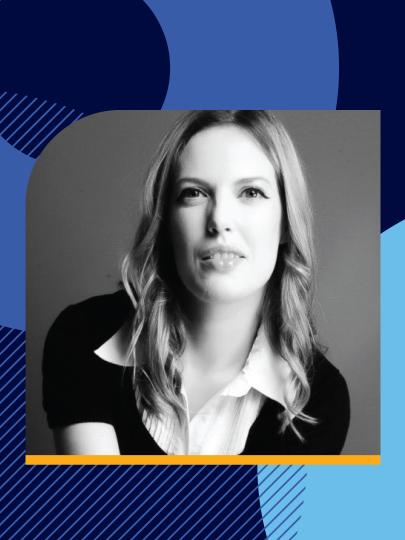
Becoming a Canadian: The International Graduate’s Guide to an Advantageous Canadian Career
UBC. It’s yours. My hope for the international graduates reading this post is that the allegorical “it” will refer to a successful journey through your post-graduate career. For me personally, this journey included more than six months of job-searching before I finally settled into a permanent position, which allowed me to become a Canadian Permanent Resident (PR). Now, I’d like to share my path so you can hopefully learn some tips and tricks. I’ll take you through where/when/how I found a job after graduation, my steps toward PR, and the ups and downs along the way.
Step 1: Find Your First Post-Grad Job
My Experience:
I started applying for jobs in February 2017 (a few months before my graduation), and hadn’t heard back from any positions until July. During this time, the statement “ups and downs” doesn’t quite cover the extent of anxiety I experienced while wondering if I would be granted a PR in time before my PWGP expired, and if I would ever be hired for a job fitting the PR criteria.
Note: I only looked for positions that matched the PR job experience criteria, found in NOC categories 0 (zero), A, or B.
TRICK: As an alternative, you can start gaining experience in a category C job then hopefully working your way up in that field. For example, working your way up in retail to a management position, then gaining a year of work experience in that higher-level position before applying for PR.
Tips and Tricks:
While understanding the Canadian working landscape, I found the best websites to look for jobs:
- Indeed.ca (how I found my job)
- UBC Hiring Solutions - for temporary work, a great start, and UBC specific.
- Ziprecruiter - this platform seems to be on the rise, directly tying employees to potential employers and vice-versa.
- Good ol’ Craigslist, even if it’s just to make some money while looking for a permanent position.
TIP: Oftentimes an application may fall through the cracks because of the company’s hiring procedures, so sending an email, sparingly, can help increase your visibility with the employer.
Step 2: Discover The Beauty of Bureaucracy
- Canada’s advice for steps toward staying in Canada after graduation
- UBC’s advice for working in Canada after graduation
TRICK: Much like your student permit, the applications for a Post-Graduation Work Permit (PGWP) and Permanent Residency (PR) can be done by oneself. However, if at any point your situation does not seem to match the Government of Canada’s available categories (streams), an immigration attorney can be your best friend.
My Experience:
In my case, I started applying for jobs before getting my Post-Graduation Work Permit (PGWP).
TIP: With the “implied status” you’re granted upon submission of a PGWP application, and before you’re granted approval, you’re able to apply for jobs under the implication that you will receive a PGWP shortly. However, you’re not technically allowed to receive payment in this interim period. So, this is a great way to start building up that volunteer experience!
TIP: You can apply for an extension of your work-permit to grant yourself more time, but apply before the expiry date.
Step 3: Conduct Preliminary PR Research
- Fill out this questionnaire to see if you’re eligible.
- To get more information on PR, these streams below are available through Express Entry (EE), which allows you to become a PR within 6 months, after getting a year of work experience in a NOC field in codes 0, A, or B.
- PR Streams
- Provincial Nominee Program (PNP)
- Federal Skilled Worker (FSW)
- Canadian Experience Class (CEC)
- PR Streams
Step NOW:
As a current or future international graduate seeking a job in the Canadian economy, I implore you to consider these tips and tricks. Good luck making your impact in Canada! It’s yours. As a UBC graduate, it’s all yours.
This blog post is the opinion of the author and may not be applicable for all individuals' unique situations.
Author Biography
Victoria Lansdown, BA'17, is currently pursuing her passion for improving education with a focus on remediation and literacy. As a Learning Specialist at Fraser Academy in Vancouver, she teaches students with learning differences how to read, while staying dedicated to their mental health and prospective career goals.





























